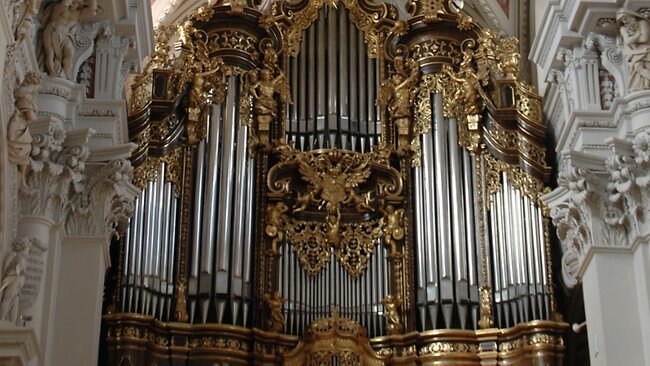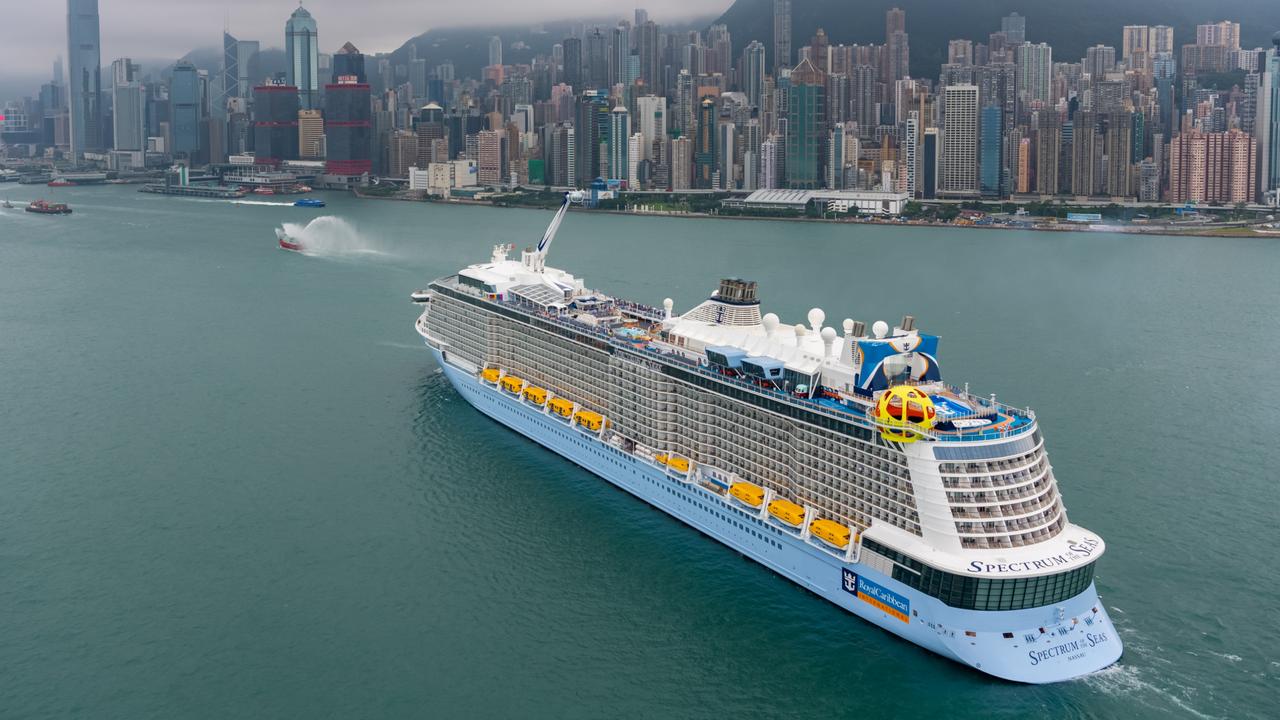Bobbing along on a Danube delight
THE German city of Passau is one of Bavaria's oldest cities, sitting 4km from the Austrian border and ideally visited on a luxury cruise boat.

THE German city of Passau, about 4km upstream from the Austrian border, perches picturesquely on a finger of peninsula at the confluence of the Inn, Danube and Ilz rivers.
One of Bavaria's oldest cities, it has for centuries played an important role as a trading port for river traffic between Germany, central Europe and the Black Sea.
Between the 11th and 16th centuries, it was the main trading centre for alpine salt, dubbed "white gold", as it was worth as much as silver.
Taxes charged by the ruling bishops helped fund the city's magnificent buildings, which were spared the worst of Allied bombing during World War II.
Now, as well as servicing traditional commercial traffic, the city plays host to a new industry river cruising.
It's a key tourist destination for the luxury ships that ply the Danube River which, thanks to the Main-Danube Canal, now connects with the Main, Rhine and Moselle rivers.
My cruise from Budapest, aboard Uniworld's River Beatrice, ends in Passau and the approach is gorgeous.
Hillside fortresses overlook the tiny city centre that divides the mineral-green Inn River from the south, the Blue Danube from the west, and the dark Ilz River from the north. Spires, turrets and onion domes tower over baroque buildings in a palette of watercolour pastels.
We pull up next to a tiny park on the fingernail of Passau's point, at what surely must be the top mooring in town.
From my french balcony I can see across the park to the Inn River and the hillside beyond.
I start exploring with a locally guided tour, in my case included with my Uniworld cruise, but easily booked at the local tourist office.
We wander along the Inn River quay, a popular promenade for pedestrians, pets and cyclists, dominated by a round stone watchtower. The river looks benign, but our guide points to the high-water mark of the 1954 flood gutter-level of a three-storey building.
Across the Inn River is the pilgrimage church of Mariahilf, made famous in 1683 when Emperor Leopold I prayed there for victory over the Turks then besieging Vienna.
Pilgrims still pray on each of the 321 steps of the covered stairway leading up to the church.
Heading into the old town, the streets narrow and passageways twist between buildings that look as though they've been poached from a children's storybook.
Resembling iced cakes, the peach, blue, lemon and green facades are piped with white trims, and frescoes frame ancient arched timber doors.
The cobblestoned guild alleys once housed stores specialising in milk, forks and shoes, and a sign for a horse butcher still hangs above a doorway. We pass the executioner's house, which is now a cabaret venue.
The assembly rooms of the old Town Hall are definitely worth visiting, as is the Glass Museum, but the pride of the city is St Stephen's Cathedral.
Sitting atop the highest point, the church was substantially rebuilt after fire devastated the city in 1662.
Italian artisans undertook the restoration and the cathedral is a monument to baroque style, as well as to religion. Elaborate stucco work adorns pillars and vaulted ceilings, ornate frescoes line the cupolas and a gilt pulpit glistens in the light, as do the almost 18,000 pipes of the world's largest Catholic Church organ.
It's so over the top it almost defies belief, but I find its dominant cream-and-gold colouring more beautiful and uplifting than the dark tones of other baroque cathedrals I've visited.
But Passau is not all about the buildings. Numerous walking tracks and cycle paths quickly head out of the city into the Bavarian countryside.
It is a university town, with students making up one-fifth of the population of 50,000. The cafes and restaurants that line the pedestrian precincts and river quays are abuzz with action and there's nothing quite like watching the sun set over the rivers with a glass in hand.
There's always a tinge of melancholy leaving a cruise, but finishing in a place as beautiful as Passau has certainly eased my sadness.
One day is not nearly enough, so if you can, stay a few extra days to explore this beguiling city and its surrounds.
The writer was a guest of Uniworld Cruises.
See Briar Jensen's travel blog at www.briarstravelbeat.com.au
![]() Getting there
Getting there
Munich is the closest German international airport to Passau. Etihad flies to Abu Dhabi from Melbourne, with direct connections to Munich.
![]() Cruising around
Cruising around
Numerous Danube River cruise lines stop in Passau, including Uniworld. See www.uniworldcruises.com.au or your local travel agent.![]() More: Holiday cruise ideas
More: Holiday cruise ideas



